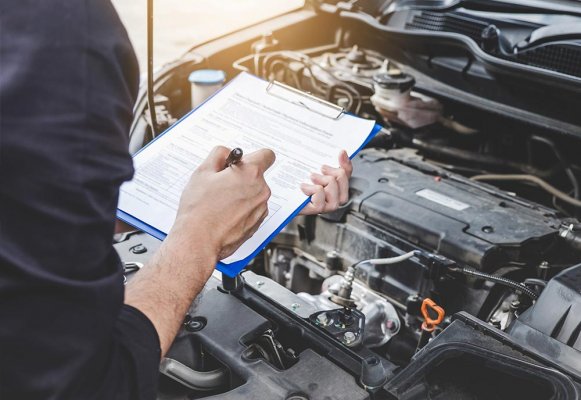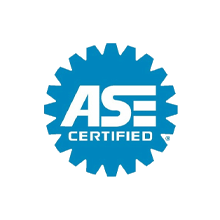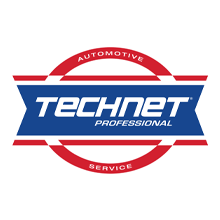Tune Ups

Engine tuning involves adjusting, modifying, or designing internal combustion engines to achieve optimal performance, increased power output, improved economy, or enhanced durability. It has a rich history, dating back to the early days of racing cars and the post-war hot-rod movement. Tuning encompasses a wide range of adjustments and modifications, from basic carburetor and ignition system adjustments to significant engine overhauls. At the highest level, performance tuning may involve revisiting fundamental design decisions made during the engine's development.
In the past, routine engine maintenance tasks for older engines included setting the idle speed, fuel/air mixture, carburetor balance, spark plug gaps, and ignition timing. These tasks were essential for optimal performance and were often performed regularly. Modern engines, equipped with electronic ignition and fuel injection systems, automate many of these tasks, although periodic calibration is still necessary.
Tune-up
A tune-up typically refers to the regular servicing of an engine to meet the manufacturer's specifications. Tune-ups are periodically required as recommended by the manufacturer to ensure the proper functioning of an automobile. Modern vehicles usually require only a few tune-ups over a lifespan of approximately 250,000 kilometers (160,000 miles) or 10 years.
A tune-up may include the following:
- Re-fastening of cylinder head bolts
- Adjustment of carburetor idle speed and air-fuel mixture
- Inspection and possible replacement of ignition system components like contact breaker points, distributor cap, and distributor rotor
- Replacement of air filters and other filters
- Inspection of emission controls
- Valvetrain adjustment
- Replacement of spark plugs
In the early days, mechanics would finish tuning up a performance car, such as a Ferrari, by taking it around a track several times to burn off any accumulated carbon. This process was known as an Italian tune-up.
Chip tuning
Modern engines are equipped with engine management systems that can be modified to different settings, resulting in different performance levels. Manufacturers often produce a few engines that are used in a variety of models and platforms. This allows them to sell cars in different markets with varying regulations without the need for extensive engine development. It also enables different brands to use the same engine, tailored to suit their specific market.
Performance tuning
Performance tuning focuses on optimizing an engine for motorsport purposes, although many such cars are not used for competition but rather for show or leisure driving. In this context, engine power output, torque, and responsiveness are of utmost importance, while reliability and fuel economy also play a role. Racing engines must be strong enough to withstand the additional stress placed upon them, often exceeding the capabilities of mass-produced designs. Furthermore, the vehicle must carry sufficient fuel. Modifications to the transmission, driveshaft, and other load-bearing powertrain components are often necessary to handle the increased power.
Most commonly, people seek to increase the power output of an engine. Numerous well-tested techniques have been developed for this purpose, all working to enhance the rate and efficiency of combustion within the engine. This involves increasing the air/fuel mixture, using fuel with higher energy content, promoting faster combustion, and improving waste product removal, ultimately leading to increased volumetric efficiency. Air-fuel ratio meters are frequently used to monitor the mixture . The weight of the fuel also affects the overall performance of the car, making fuel economy a competitive advantage. Therefore, engine performance tuning should be approached in the context of the overall vehicle's development.
Specific methods to increase power include:
Increasing the engine displacement by boring (increasing cylinder and piston diameter) or stroking (using a crankshaft with a greater throw).
Using larger or multiple carburetors, or modifying fuel injection systems to achieve a more controlled air/fuel mixture for smoother and more efficient combustion. Fuel injection is commonly used in modern engines and can be modified similarly.
Increasing the size of valves to reduce restriction in the intake and exhaust paths. Multiple valves per cylinder can also provide improved flow, although packaging constraints may make it challenging to fit larger valves on both the intake and exhaust sides.
Optimizing intake and exhaust manifolds to maintain gas velocity. Cylinder head porting is often performed to enlarge and smooth the ports, improving efficiency. Manifolds with sharp turns can cause separation of the air-fuel mixture at high velocities.
Using larger-diameter piping and low back-pressure mufflers in the exhaust system, as well as larger airboxes and high-flow, high-efficiency air filters in the intake system.
Increasing valve lift by changing camshaft profiles or using different valve rockers or cam followers.
Optimizing valve timing to enhance combustion efficiency, which may involve fitting a differently profiled camshaft or utilizing variable valve timing.
Raising the compression ratio by reducing combustion chamber size through the use of larger compression height pistons, thinner head gaskets, or cylinder head milling. Higher compression ratios require the use of high-octane fuels to prevent engine knock.
Forced induction by adding a turbocharger or supercharger to increase air/fuel mixture density by compressing the intake air. Intercoolers can cool the compressed air for further gains.
Using higher-energy-content fuel and incorporating oxidizers like nitrous oxide.
Reducing friction losses by machining moving parts to tighter tolerances or replacing them with higher-performance components. Roller bearings in rocker arms and lightweight alloy parts are common examples.
Reducing the rotating mass of the engine, including the crankshaft, connecting rods, pistons, and flywheel. This improves throttle response due to lower inertia and reduces overall vehicle weight. Alloy parts can be used to replace steel components.
Changing engine management system firmware to adjust tuning characteristics electronically. This approach takes advantage of the fact that modern engines are designed to produce more power than required, with the engine management system detuning the engine for smooth operation, low emissions, and long-term reliability. This allows power output to be increased later for facelift models. Emissions regulations often influence the detuning process, as engines are optimized to meet specific carbon output requirements.
Lowering the underbonnet temperature to decrease engine intake temperature and increase power. This can be achieved by installing thermal insulation, such as a heat shield or thermal barrier coating, on or around the exhaust manifold to redirect more heat away from the engine compartment.
The choice of modifications depends on the desired level of performance enhancement, budget, and the characteristics of the engine being modified. Intake, exhaust, and chip upgrades are typically among the initial modifications due to their affordability and ability to deliver general improvements. However, modifications like changing the camshaft involve trade-offs between low and high engine speeds. Analytical tools are often employed by tuners to evaluate and predict the impact of modifications on vehicle performance.









